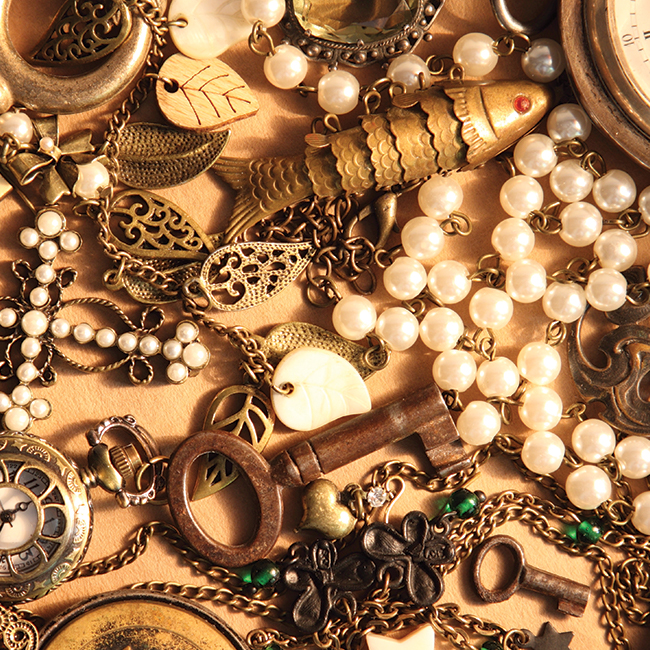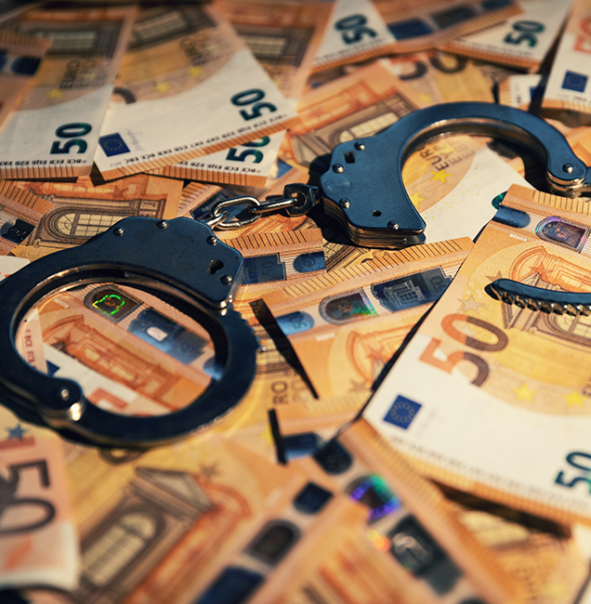Illicit trade in Cultural Goods
On behalf of the European Commission, DG EAC, Ecorys and Trafficking Culture, a group of academics specialising in illicit trafficking of cultural goods, are conducting research on illicit trafficking in cultural goods.
For centuries, cultural goods have been interesting collectibles. We know that cultural goods are traded illegally; however, we do not know how big this market is and what type of objects are most sought after. The illegal trade of these goods is a problem given the historical and social value of cultural heritage. A coin found in an Egyptian sarcophagus can tell us something about Egyptian society of the time. The moment this coin is looted and put into circulation in a western country, the coin is taken out of its historical context.
The aim of this study is to increase knowledge about the illegal trade in cultural goods. The study is broken down into three sub-objectives:
- Providing knowledge on the parameters of illicit trafficking, including market size, type of objects, smuggling routes, modes of exploitation and the role of organised crime.
- Mapping how enforcement agencies in the EU try to fight smuggling, how they are organised, what obstacles they face and how they cooperate at national, but also at international level.
- Map what technologies are used to help officials fight smuggling and what new technologies could be used.
Based on the outcomes of the data collection (the data from data analysis, survey research, literature review and the information obtained through a large number of interviews conducted with experts and people in the field), we have formulated a number of recommendations and concrete steps. They are advice for the EU and EU member states to intensify and make more effective efforts to combat illegal trade in cultural heritage.
For more information, read the full research report or contact Gabriëlle op ‘t Hoog.

29 December 2021
2 minute read
Key Experts
Gabriëlle op 't Hoog
Senior Consultant



